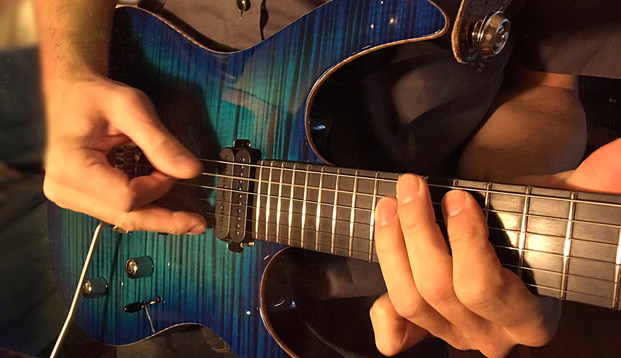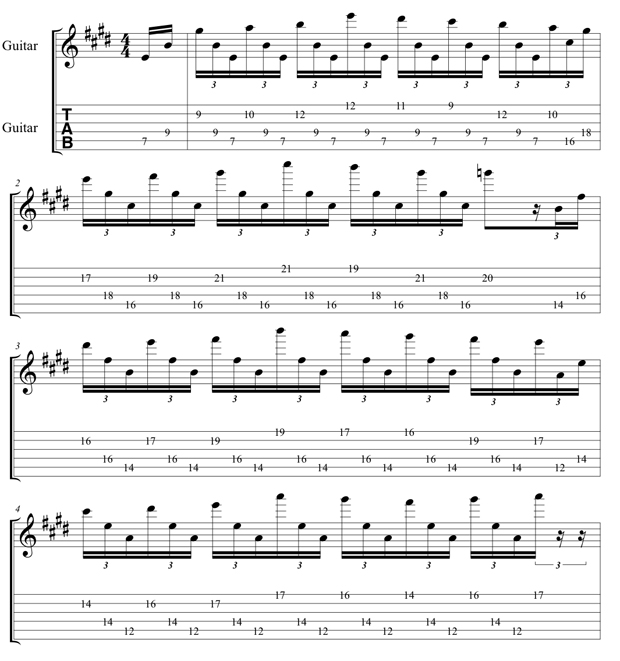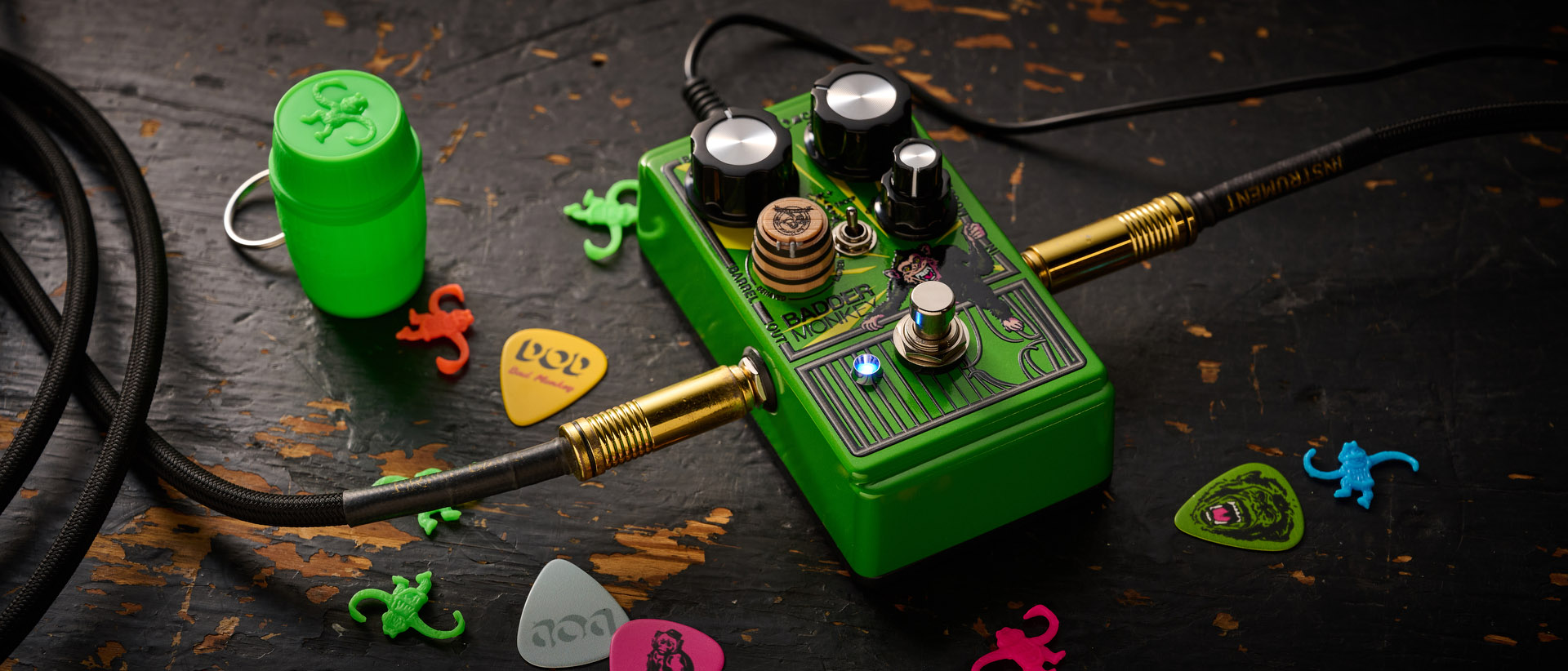Combine Arpeggios, Octave Displacement and Scales for Gloriously Melodic Results
Help your right- and left-hand technique by tackling string skipping, octave displacement and large intervals.

In this lesson, I show you how to play the main theme for my song “Spring (The Return)."
Getting this song’s main theme under your fingers will help your right- and left-hand technique by tackling string skipping, octave displacement and large intervals, with the added benefit of helping you visualize how chords and scales work together.
I wrote the song’s main theme by adding a melodic element to an arpeggio idea I was exploring, borrowed from guitarists Steve Morse and Eric Johnson. The idea is to arpeggiate barre chords whose roots are on the fifth string, but only play the root, fifth and third — leaving out the octave.
This produces an interesting sound where the third degree in the arpeggio is placed an octave higher than normally performed. Instead of barring the chord, I use my left hand’s first finger on the root, third finger on the fifth, and fourth finger on the third. (See the photo below.)

The song's main theme is a series of sixteenth note triplets in the key of E major. The passage starts on the I chord (E major), moves to the vi chord (C# minor), then to the V chord (B major) and finally to the IV chord (A major). Each part of the passage uses the Root-5th-3rd voicing as the basis for its phase, which adds a melodic element on the B string and E string. Notice in the video, I start the phrases by picking: down-up-up-up-up…

Start slow, and get used to visualizing the E major scale on the first and second strings to help you anticipate where the melody notes will be in each position. I found that it took some practice to really get the triplets to be right in time and play the melody accurately.
Guitarist Adrian Galysh is a solo artist and education coordinator for Guitar Center Studios. He's the author of the book Progressive Guitar Warmups and Exercises. For more information, visit him at AdrianGalysh.com.
All the latest guitar news, interviews, lessons, reviews, deals and more, direct to your inbox!
